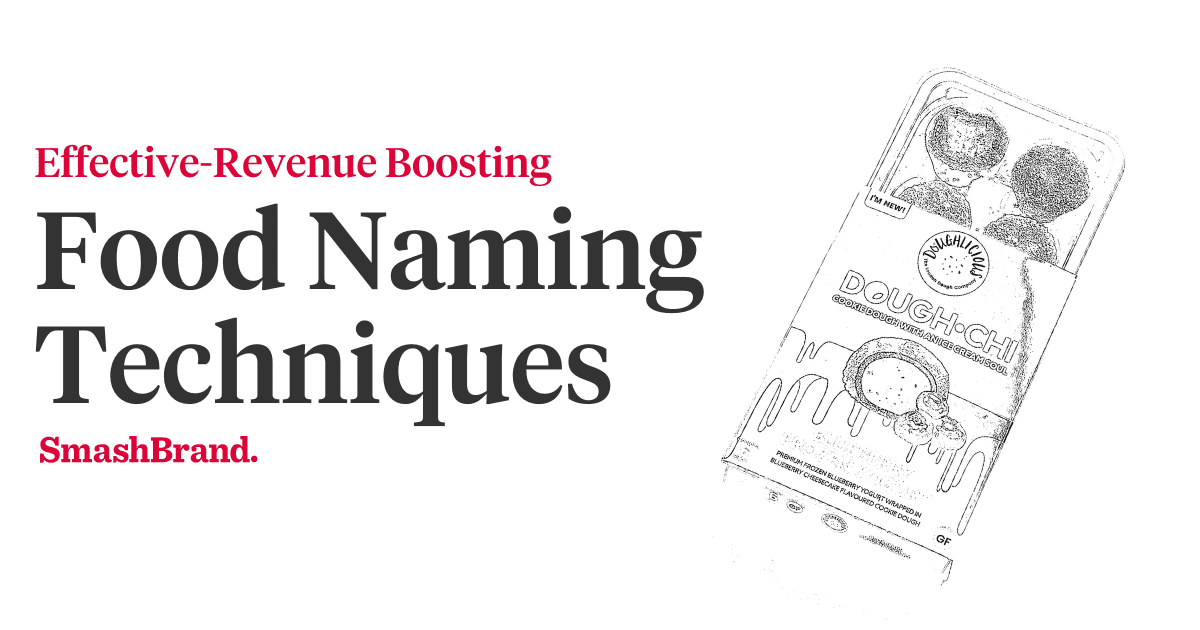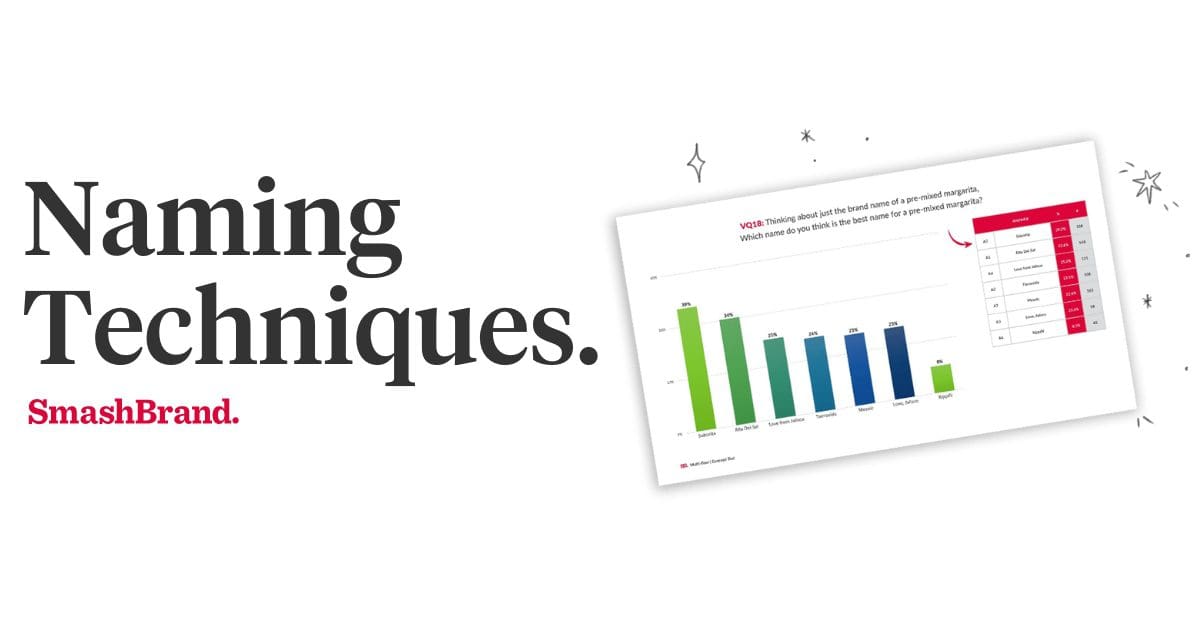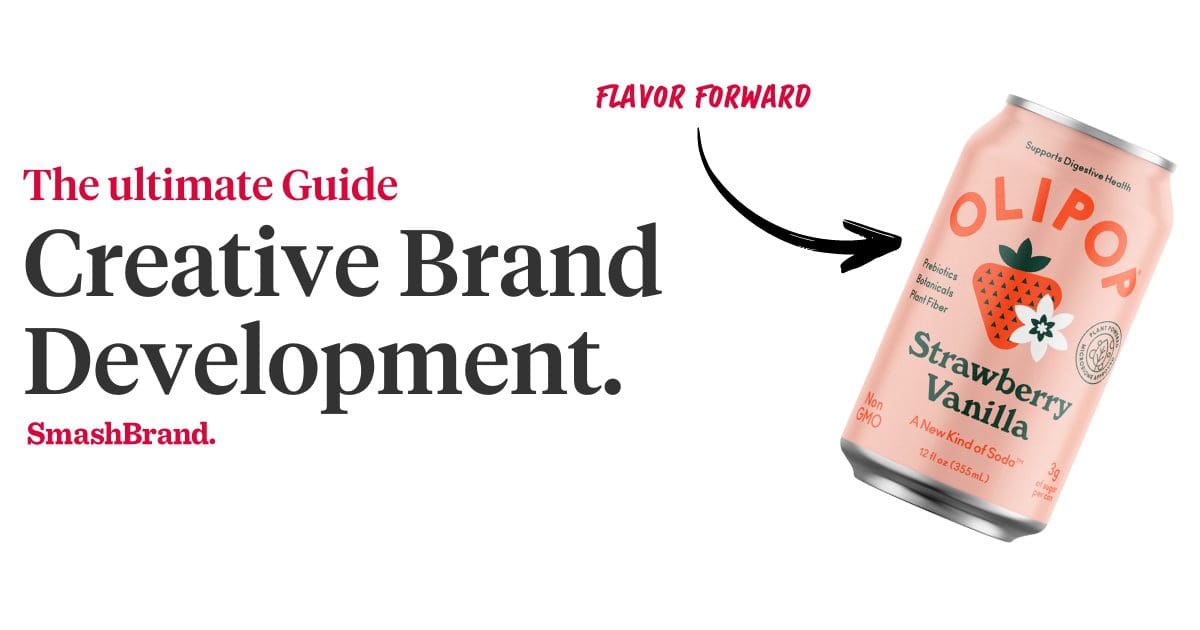Listen to This Article

Designer
So, you think you’ve mastered the nuances of Photoshop. You’ve managed to create a super-cool 3D graphic effect that looks like it came straight from the fevered brain of a Pixar genius. You clearly have what it takes to be a graphic designer, right?
Just like having a driver’s license doesn’t automatically qualify you for entry into the Indie 500; owning a MacBook Pro and having a glancing knowledge of Adobe Creative Suite won’t make you a graphic designer. We’re not saying you aren’t talented; you could be a natural artistic genius. Nevertheless, much of graphic design requires the ability to set aside what you think is really cool, hip, or edgy, and design something that will effectively speak to the client and the client’s consumer base. As one of the top packaging design agencies in the CPG industry, allow us to explain why having photoshop doesn’t make you a designer.
Get your Hands on the SmashReport!
And enter to win a FREE brand diagnosis worth $20,000.
*The SmashReport is a monthly newsletter for FMCG and CPG brands, helping them stand out in the competitive retail marketplace.
Graphic Designers: The Whipping Boys of the Marketing Universe
We know what the world thinks of us (“Oh, let us redesign your logo; thank you, that’s $100,000 for a squiggle.”). Nevertheless, there have certainly been enough examples of failed logos and misguided packaging designs that ultimately contributed to the demise of entire brands to suggest that what we do isn’t something that can be taken lightly. Graphic designers need to have artistic temperaments — that’s for certain — but the goal isn’t necessarily to see our designs in the Museum of Modern Art (not yet, anyway); it’s to generate sales for the product. In order to capture the nuances of both the brand and the product, a graphic designer must understand how customers view logos, packages, posters, banners, etc. This means an almost obsessive knowledge of the psychological effects of color, typography and spacing. This means knowing how a digital logo will translate onto a print logo campaign. This means occasionally ignoring what you may instinctively think is correct in favor of what is the most effective means of communicating the brand’s message.
How does one acquire these skills? For one, through training and experience, obviously, but also trade knowledge; knowing what concepts succeeded or failed and why they succeeded or failed. It’s also useful to have an interest in and understanding of a whole range of topics that you can draw on for inspiration, such as mathematics, history, psychology, sociology, photography, cultural and social anthropology, art and science.
From Computer Whiz, to Artist, to Graphic Designer
Your Photoshop tutorials might have resulted in some awesome mock-up designs, but could you have produced them free hand, using only paper, a pen and your immense talent? If the answer is no, you’ve got some work to do.
We’ve all used computer programs to make flyers, to lay out projects for work or school or just design random things out of boredom. If you’ve ever created what you’ve deemed a successful design, then ask yourself why it was successful, and how it was tested. Did the color concept communicate the message in an eye pleasing and effective manner? Were all of the components of the design or logo clearly delineated, allowing the viewer to absorb the message in its entirety after only a few seconds of viewing it? What alternate images, if any, did the design evoke? These are just some of the questions that a graphic designer needs to be able to answer intelligently and persuasively about his or her own work, as well as the work of others.
An artist must work outside his parameters if his work will ever have a voice. It doesn’t seem as though Jackson Pollock’s drizzly canvases required an expert hand, but those only emerged after years and years of practice, study and meditation. If you can’t see the artistic merit or the structure (or lack of structure) in art forms beyond your comfort zone, how will you ever be able to design projects to spec?
Graphic design is a deceptively delicate business. It may seem as though there is nothing more involved than the ability to electronically cut and paste different prefabricated images, but computer software is only one of the tools necessary to creating an effective design. Knowing how to use a microwave doesn’t make you Mario Batali, does it?
Data-Driven Brand Development
Want a best-selling brand? SmashBrand is a brand development agency for FMCG and CPG companies. From brand strategy to packaging design testing, our Path To Performance™ process guarantees a retail performance lift. Book a time to discuss your project with our team.





